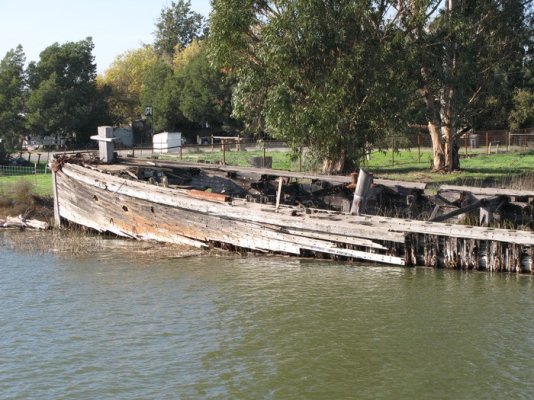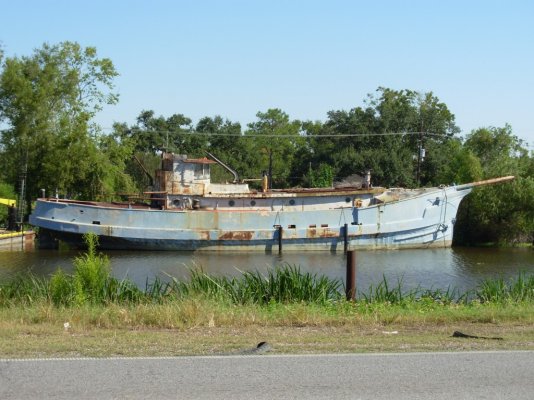It's not a good idea to put any strain on the windlass other than normal retrieval if you can avoid it.* We never set the anchor against the windlass, or even the bow pulpit.* I made up a short (15' maybe), heavy line with a chain hook on one end that we use to set the anchor against.* So our routine is to deploy the anchor and once it's down and the rode is paid out we put this short "snubber" on the chain and secure it to a deck cleat.* The we give a bit of slack with the windlass so the anchor rode is being held by the snubber and deck cleat, not the windlass.* We then set the anchor against the deck cleat.* Once we're satisfied the anchor is set, we remove the heavy snubber and install our regular long snubber bridle.GonzoF1 wrote:
One question about anchoring and setting the tackle: When you back down, do you keep it just pulling on the windlass?
If we're only going to be anchored for a few hours we won't bother with the long snubber bridle ... we'll simply leave the heavy setting snubber in place.
To unset the anchor, if simply parking the boat over it with all the slack out of the chain doesn't work it out using the boat's movement, we'll put the heavy snubber back on and cleat it off, slack off the windlass a bit, and then give the boat a shot of reverse to* to unset the anchor with the heavy chain-hook snubber.* Again, the strain is being put on the deck cleat via the heavy snubber, not on the windlass.
*
-- Edited by Marin on Saturday 24th of April 2010 09:14:01 PM



